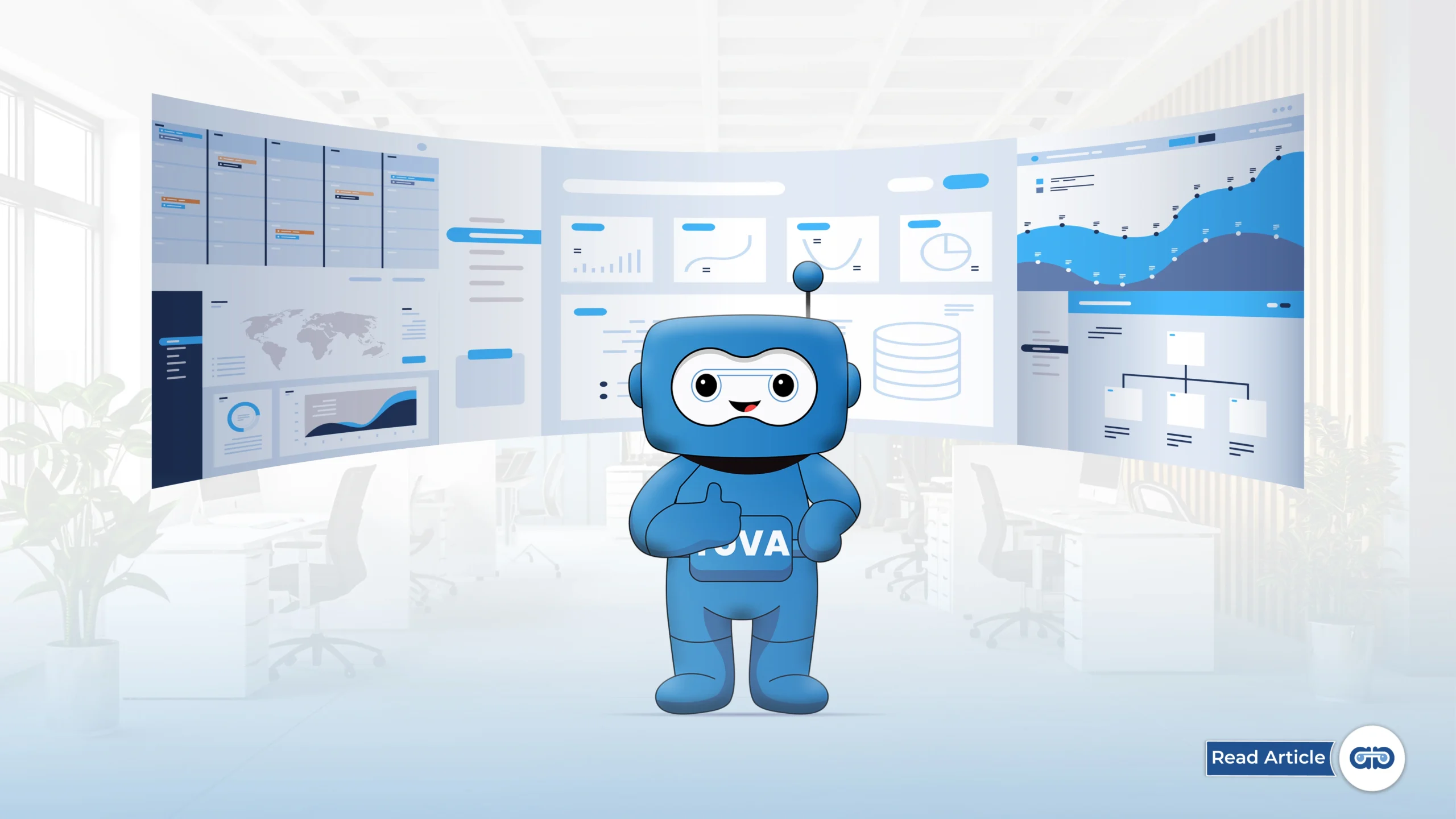Your service desk receives over a hundred or maybe a thousand IT tickets in a single day. Each ticket needs to be opened, read, categorized, prioritized, and routed to the appropriate team or technician. Do you think it is really possible to do that manually? Overworked agents, slower resolution times, and dissatisfied end-users.
As IT ecosystems become increasingly complex and user expectations soar, traditional approaches to incident management fall short. Organizations need smarter solutions that can scale with demand, maintain accuracy, and free up human talent for higher-value tasks. Automated ticket triage is exactly something you can utilize to streamline your workflow.
Far beyond being a buzzword, automated triage is rapidly becoming a cornerstone of modern IT Service Management (ITSM). Let’s explore why this shift is essential for the future.
The Limitations of Manual Ticket Triage
Traditionally, service desk agents manually review incoming tickets to determine urgency, category, and the right team or individual to handle the issue. This process is labor-intensive, time-consuming, and error-prone, especially in large enterprises where thousands of tickets are submitted weekly.
Key Challenges of Manual Ticket Triage:
In contrast, automation addresses these pain points directly.
What is Automated Ticket Triage?
Automated ticket triage is the use of artificial intelligence, machine learning, and natural language processing to intelligently analyze and manage incoming IT support tickets. Instead of relying on human agents to read and manually sort through tickets, automation tools process the content and metadata of each ticket to make real-time decisions.
Here’s what an automated triage system typically does:
These systems learn continuously by analyzing historical tickets, agent feedback, and resolution outcomes. The more data they are exposed to, the better they become at identifying patterns and making decisions. It is much like a well-trained human agent, but faster and more consistent.
Benefits of Automated Ticket Triage
Speed and Efficiency
Automated systems can triage hundreds of tickets in seconds, a task that might take human agents several hours. This rapid classification accelerates the entire ITSM lifecycle, from issue identification to resolution.
Accuracy and Consistency
AI-based triage systems use historical data and continuous learning to improve accuracy. They ensure tickets are categorized and assigned correctly, reducing the risk of misrouting or duplication.
Improved SLAs and Customer Satisfaction
Faster ticket handling and accurate routing translate to shorter resolution times, helping IT teams meet Service Level Agreements (SLAs) more consistently. For end users, this means quicker support and fewer frustrations.
Scalable Operations
As businesses grow, so do their support needs. Automated triage scales effortlessly without the need to proportionally increase staff, making it ideal for high-growth or enterprise-scale operations.
Freeing Up Human Talent
With routine triage tasks automated, service desk personnel can focus on complex or high-value tasks like problem management, root cause analysis, and customer engagement. This not only improves employee morale but also enhances the overall quality of support.
How It Works: A Peek Under the Hood
Automated triage relies on several technologies:
Natural Language Processing
NLP parses ticket text to understand context, intent, and sentiment. It can identify whether the issue is related to login failures, system crashes, or software bugs, even if the user’s language is vague or non-technical.
Machine Learning (ML)
ML models are trained on historical ticket data to recognize patterns. For instance, if “VPN not working” usually falls under “Network > Remote Access” and goes to the networking team, the system learns this correlation.
Intelligent Routing Engines
These engines use decision trees, confidence scoring, and business rules to assign the ticket to the most suitable agent or team, sometimes based on current workload or expertise.
Some platforms also integrate feedback loops. If a ticket is reassigned or manually corrected, the system learns from it to improve future predictions.
All in All
Gone are the days when IT service desks could rely solely on manual processes to manage growing workloads and rising user expectations. The pace of digital transformation demands not just speed, but intelligence and scalability.
Automated ticket triage is a strategic shift in how organizations approach IT service management. It has become a must to leverage AI and machine learning for businesses so that they can minimize delays and reduce costs.
In fact, Tuva IT, an AI Assistant powered by conversational AI, can automate your entire ticket triage process while also resolving Tier 0 and Tier 1 issues. By integrating your existing tools like Jira, ServiceNow, Zendesk, and more, Tuva IT ensures faster resolutions, reduced workload, and a smoother support experience.

